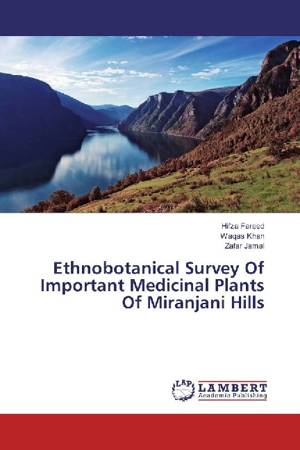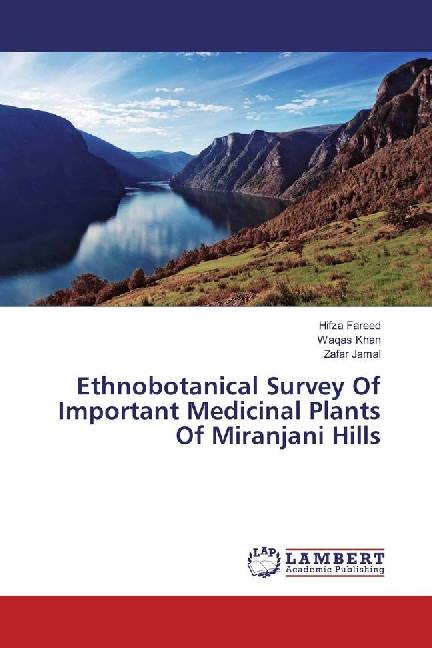
- Afhalen na 1 uur in een winkel met voorraad
- Gratis thuislevering in België vanaf € 30
- Ruim aanbod met 7 miljoen producten
- Afhalen na 1 uur in een winkel met voorraad
- Gratis thuislevering in België vanaf € 30
- Ruim aanbod met 7 miljoen producten
Zoeken
Ethnobotanical Survey Of Important Medicinal Plants Of Miranjani Hills
Hifza Fareed, Waqas Khan, Zafar Jamal
Paperback | Engels
€ 49,45
+ 98 punten
Omschrijving
An ethnobotanical study was undertaken in year 2014 - 2015, in Miranjani Hill to record information on medicinal plants from Miranjani Hill to identify medicinal plants that used for treating diseases. Inhabitants of Miranjani Hill, especially old people; who were the main informants were interviewed during field trips by using different types of questionnaires. People were interviewed and botanical name, common name, part used and medicinal uses were recorded.The study identified and recorded 27 plants species from 36 plant families used for treating diseases in Miranjani Hills. The Asteraceae was the most represented plant family having 6 species ,followed by Apiaceae , Balsaminaceae, Ranunculaceae, Rosaceae 2 species each, followed by Amaranthaceae, Berberidaceae, Saxifragaceae, Cannabaceae, Sapindaceae, Euphorbiaceae, Araliaceae, Convolvulaceae, Fabaceae, Cryptogrammataceae, Paeoniaceae, Plantaginaceae, Podophyllaceae, Punicaceae, Polygonaceae, Buxaceae, Solanaceae, Taxaceae, Scrophlariaceae, Valerianaceae, Violaceae, Rutaceae 1 species each . The leaves 31% was the most commonly used plant part, followed by flower and root (12% each), then followed by fruit, stem and seed.
Specificaties
Betrokkenen
- Auteur(s):
- Uitgeverij:
Inhoud
- Aantal bladzijden:
- 92
- Taal:
- Engels
Eigenschappen
- Productcode (EAN):
- 9783659942396
- Uitvoering:
- Paperback
- Afmetingen:
- 150 mm x 220 mm

Alleen bij Standaard Boekhandel
+ 98 punten op je klantenkaart van Standaard Boekhandel
Beoordelingen
We publiceren alleen reviews die voldoen aan de voorwaarden voor reviews. Bekijk onze voorwaarden voor reviews.











